Ahyeon Supermarket (아현슈퍼)
938.6M 2025-11-06
13 Namgosanseong 1-gil, Wansan-gu, Jeonju-si, Jeonbuk-do
For the filming of a drama set in the 1990s, it was decorated as a place with a retro old supermarket atmosphere. It was demolished after filming, but was re-installed thanks to the popularity of the drama. The scene where Na Heedo and Baek Iijin misunderstood about kissing, and Baek Iijin protecting Na Heedo from the motorcycle were filmed. The low wooden bench where the main characters sat down and talked to each other is a photo spot.
Jaman Mural Village (자만벽화마을)
1.1Km 2024-04-07
1-10, Jamandong 1-gil, Wansan-gu, Jeonju-si, Jeonbuk-do
Jaman Mural Village is located in the ridge between Omokdae and Imokdae along the foot of Seungamsan Mountain’s Jungbawi Rock. Jeonju Hanok Village is also visible from the wide street. Although it is a fairly steep walk up to Jaman Village, visitors will be able to enjoy colorful murals painted on the buildings and walls along the way.
Jeonjuhyanggyo Local Confucian School (전주향교)
1.1Km 2025-07-22
139 Hyanggyo-gil, Wansan-gu, Jeonju-si, Jeonbuk-do
Jeonjuhyanggyo is a local Confucian school that was established during the Joseon dynasty (1392-1910) and is a designated Historic Treasure. This was a national education center during the Joseon period. The school was originally located at the Gyeonggijeon Shrine site, but was relocated in 1603. The mortuary tablets of seven Chinese Confucian scholars and 18 Korean scholars are enshrined in the main building of Daeseongjeon Hall. The site is popular for its 400-year-old ginkgo tree in the front yard, and is the most beautiful in fall.
2521 (이오이일)
1.2Km 2025-07-18
5-19 Omokdae-gil, Wansan-gu, Jeonju-si, Jeonbuk-do
2521, pronounced yi-o-yi-il in Korean, a private guesthouse located in Jeonju Hanok Village. It was made popular as Na Hee-do's house in the drama "Twenty-Five, Twenty-One (2022)." Upon booking, the owner will set the scene just like from the drama. Guests can enjoy a barbeque party at the yard and the view of the hanok village from the rooftop. The guesthouse can accommodate up to eight guests.
Taejogwan of the Royal Room (왕의지밀 태조관)
1.2Km 2024-12-23
5218-26 , Chunhyang-ro, Wansan-gu, Jeonju-si, Jeonbuk-do
+82-63-284-1004
Located in Jeonju, Wangui Jimil Taejogwan (‘Royal Room of King Taejo’) in Jeonju, Jeollabuk-do, is a hanok hotel combining hanok style with modern facilities - one of a group of hotels named after Joseon kings. The hotel has four bedrooms. The Gold and Silver rooms are equipped with a king-size bed and a jacuzzi, have paintings and embroideries on the wall, and (in the case of Gold) exposed timbers. The scenery beyond the windows is calm and beautiful. The hotel offers a hanok cafe and a place for group gatherings. Gyeonggijeon Shrine, with its portrait of King Taejo, and Jeonju Hanok Village are nearby.
Taejonggwan of the Royal Room (왕의지밀 태종관)
1.3Km 2024-12-23
5218-24 , Chunhyang-ro, Wansan-gu, Jeonju-si, Jeonbuk-do
+82-63-284-1004
Wangui Jimil Taejonggwan (‘Royal Room of King Taejong’) in Jeonju, Jeollabuk-do, is a hotel that combines hanok style with the modern convenience - one of a group of hotels named after Joseon kings. There are a total of six rooms with exposed beams, paintings on the walls and traditional furniture, plus bathrooms and toilets; and the scenery beyond the large windows adds to the charm. Additional facilities include a hanok cafe, a restaurant and a convention center. Guests can reach anywhere in Jeonju Hanok Village in about 10 minutes by car.
Namcheongyo Bridge Cheongyeonru (남천교 청연루)
1.3Km 2024-04-07
40 , Cheongyeong-ro, Wansan-gu, Jeonju-si, Jeonbuk-do
+82-63-281-5361
Namcheongyo Bridge is the main bridge to the entrance of Jeonju Hanok Village. Through "Jeonju Namcheongyo Luxury Project," the area went through renovation strengthening infrastructure and adding Cheongyeonru Pavilion to the bridge. Visitors can enjoy a panoramic view of the area from the hanok pavilion or rest from the heat.
Cultural Space Yangsajae (문화공간 양사재)
1.3Km 2025-12-05
40 Omokdae-gil, Wansan-gu, Jeonju-si, Jeonbuk-do
+82-63-282-4959
Yangsajae is located in Jeonju Hanok Village in Jeonbuk State. It is an annex building of Jeonjuhyanggyo Local Confucian School, a Confucian school for scholars during the Joseon dynasty, and characterized by a scenic front yard that appears as soon as one pass through the main gate.
Sejonggwan of the Royal Room (왕의지밀 세종관)
1.3Km 2024-12-23
5218-22 , Chunhyang-ro, Wansan-gu, Jeonju-si, Jeonbuk-do
+82-63-284-1004
Wangui Jimil Sejonggwan (Royal Room of King Sejong) in Jeonju, Jeollabuk-do, is a hotel that combines hanok style with modern convenience - one of a group of hotels named after Joseon kings. There are eight guestrooms, divided into Gold and Silver class, and all equipped with bathrooms and toilets. Rooms have exposed beams and traditional furniture, and the scenic views and chirping of insects beyond the large windows add to the charm. Additional facilities include a hanok cafe, a restaurant, and a convention center. Guests can reach anywhere in Jeonju Hanok Village in about 10 minutes by car.
Siwon / 시원
1.3Km 2025-06-11
45-41 , Omokdae-gil, Wansan-gu, Jeonju-si, Jeonbuk-do
+82-10-6520-7840
Siwon is a timber and clay-built hanok stay, part of Jeonju Hanok Village in Jeollabuk-do. It has four guestrooms, all but one with a small attic - so guests can have fun climbing up and down the ladder! The rooms have all been insulated and draft-proofed to keep visitors warm and comfortable. In the yard is a small garden and swing, and guests can play traditional games such as Tuho and Jegichagi - or even take part in a carpentry workshop. Must-see sites such as Gyeonggijeon, Jeondong Cathedral, Omokdae, and Nambu Market can all be reached on foot.
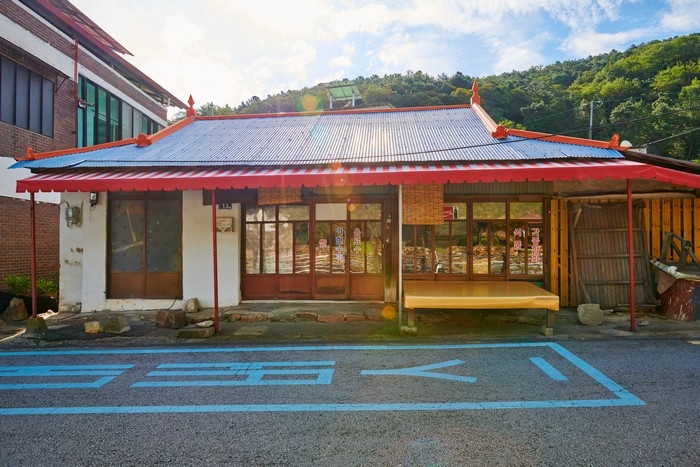

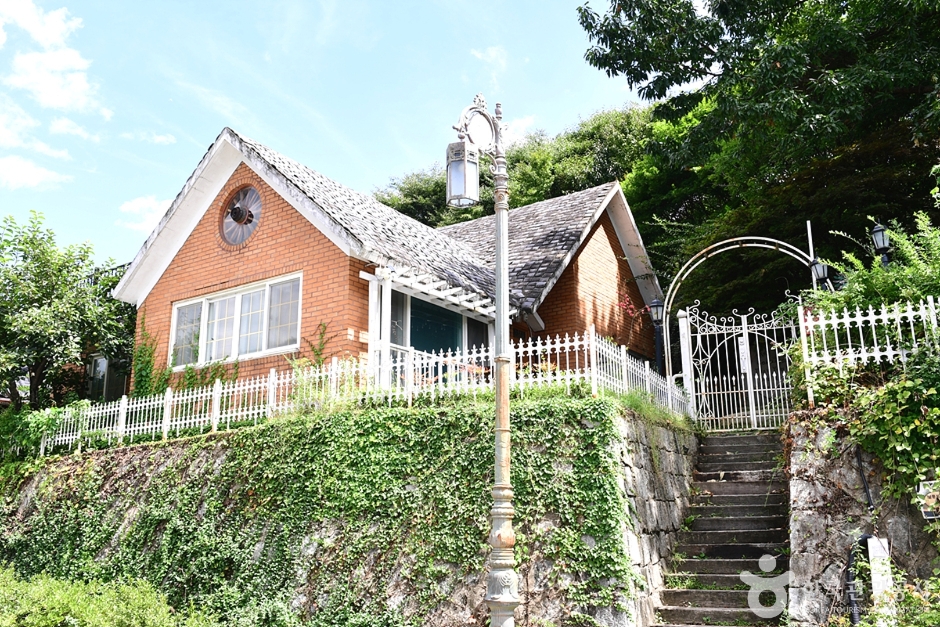
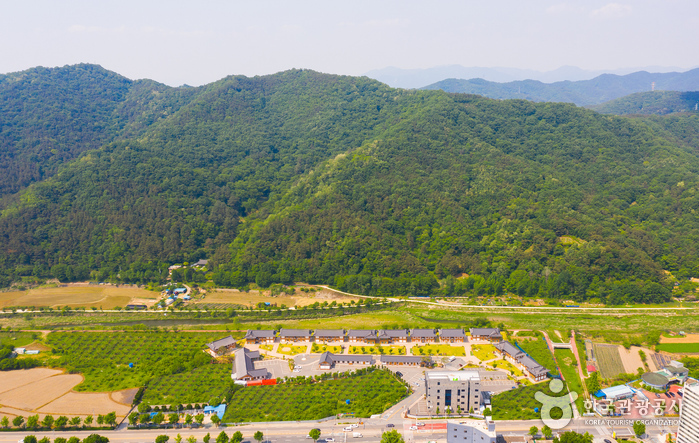
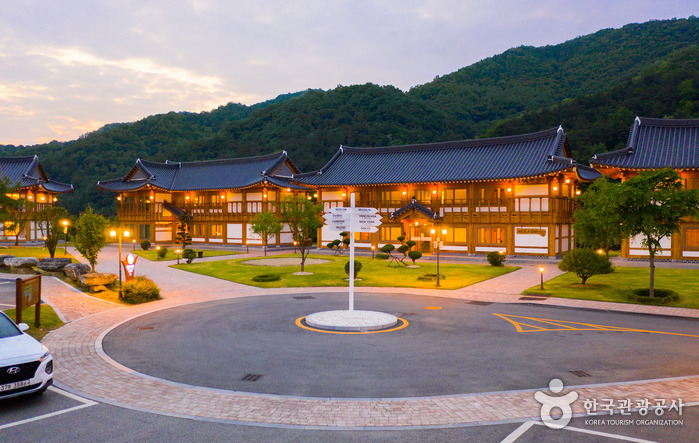
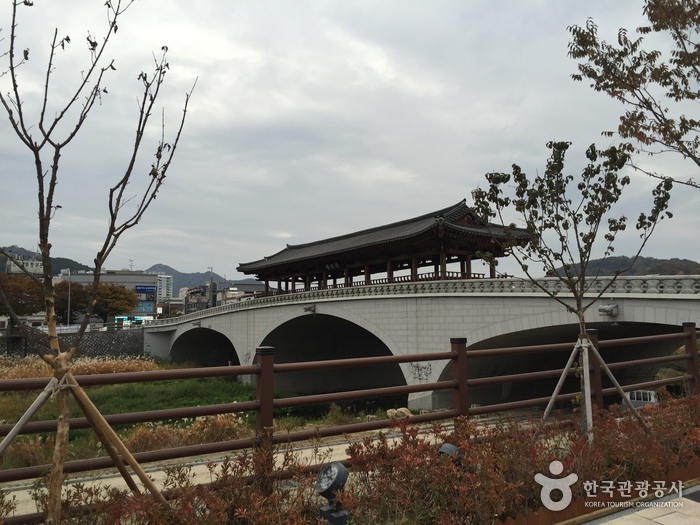
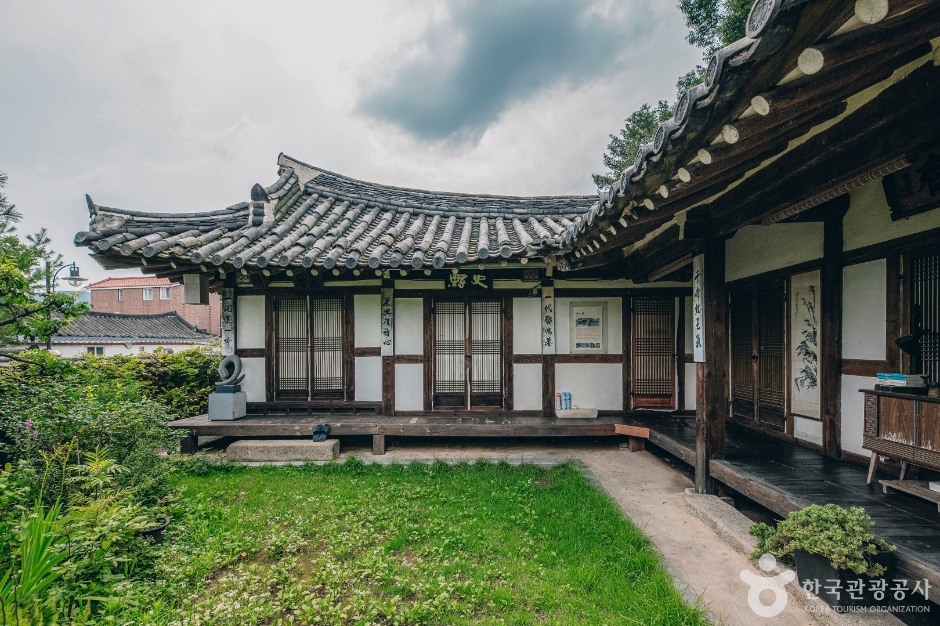
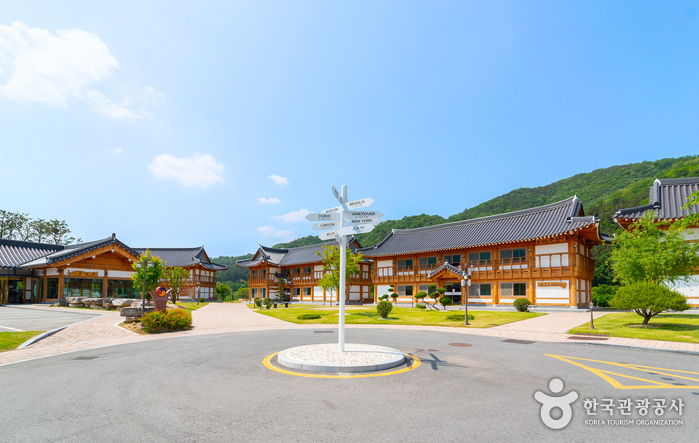
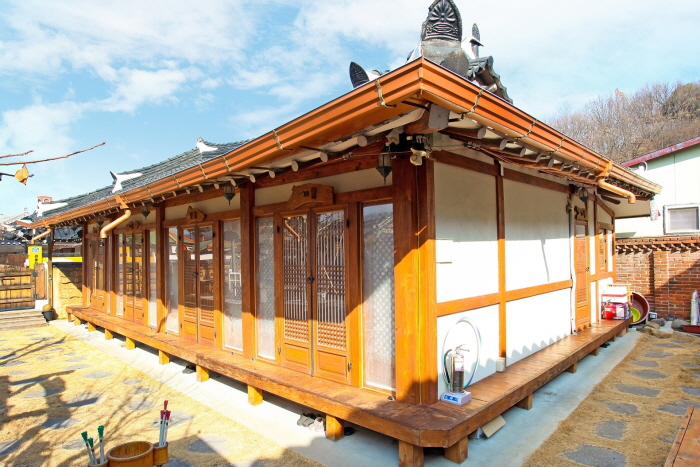
 English
English
 한국어
한국어 日本語
日本語 中文(简体)
中文(简体) Deutsch
Deutsch Français
Français Español
Español Русский
Русский